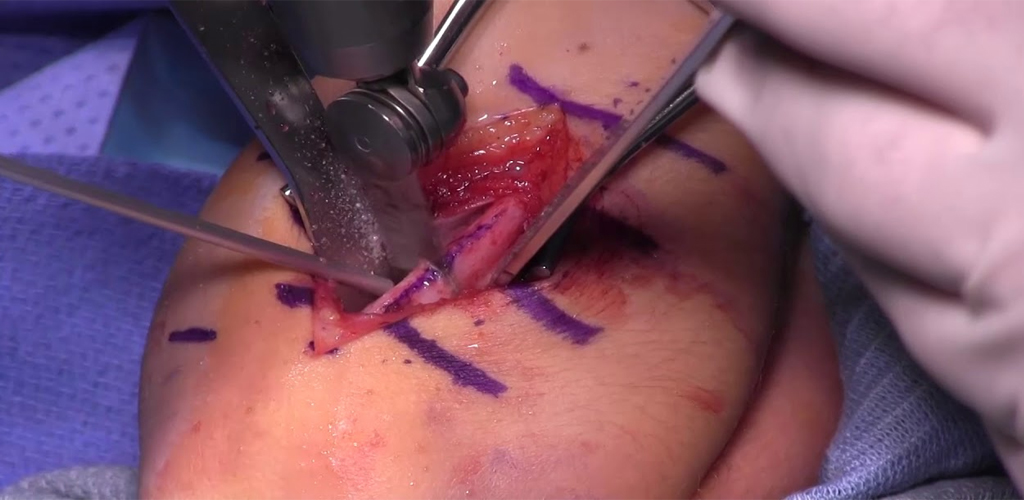Reduced or limited forearm rotation.
.png)

Radioulnar Synostosis is a congenital condition characterized by the fusion (synostosis) of the radius and ulna bones in the forearm. This fusion can restrict forearm rotation and impact overall upper limb function. The severity of symptoms can vary, and early diagnosis is crucial for effective management.
Individuals with Radioulnar Synostosis may experience the following symptoms:
Reduced or limited forearm rotation.
Difficulty turning the palm up or down.
Compromised ability to perform daily activities involving hand movements.
Abnormal appearance of the forearm, with limited supination or pronation.
Possible compensatory movements in the shoulder or wrist.
Radioulnar Synostosis is typically present at birth and may occur due to developmental abnormalities during fetal growth. The exact cause is often unknown, and the condition can occur sporadically or, in some cases, be associated with genetic factors.
Diagnosing Radioulnar Synostosis involves a comprehensive evaluation, including:
A thorough examination of the forearm to assess range of motion and identify any fusion between the radius and ulna.
X-rays or other imaging techniques to visualize the bones and confirm the presence of synostosis.
Management of Radioulnar Synostosis may involve various approaches, including:
In mild cases with minimal functional impact, close monitoring may be recommended without immediate intervention.
Targeted exercises to enhance forearm range of motion and improve compensatory movements.
In cases where functional limitations are significant, surgical procedures may be considered to release or correct the synostosis.
If you or your child is affected by Radioulnar Synostosis, our specialized team is ready to provide personalized care. Schedule a consultation to discuss tailored solutions that address the unique needs of Radioulnar Synostosis and improve overall forearm function.